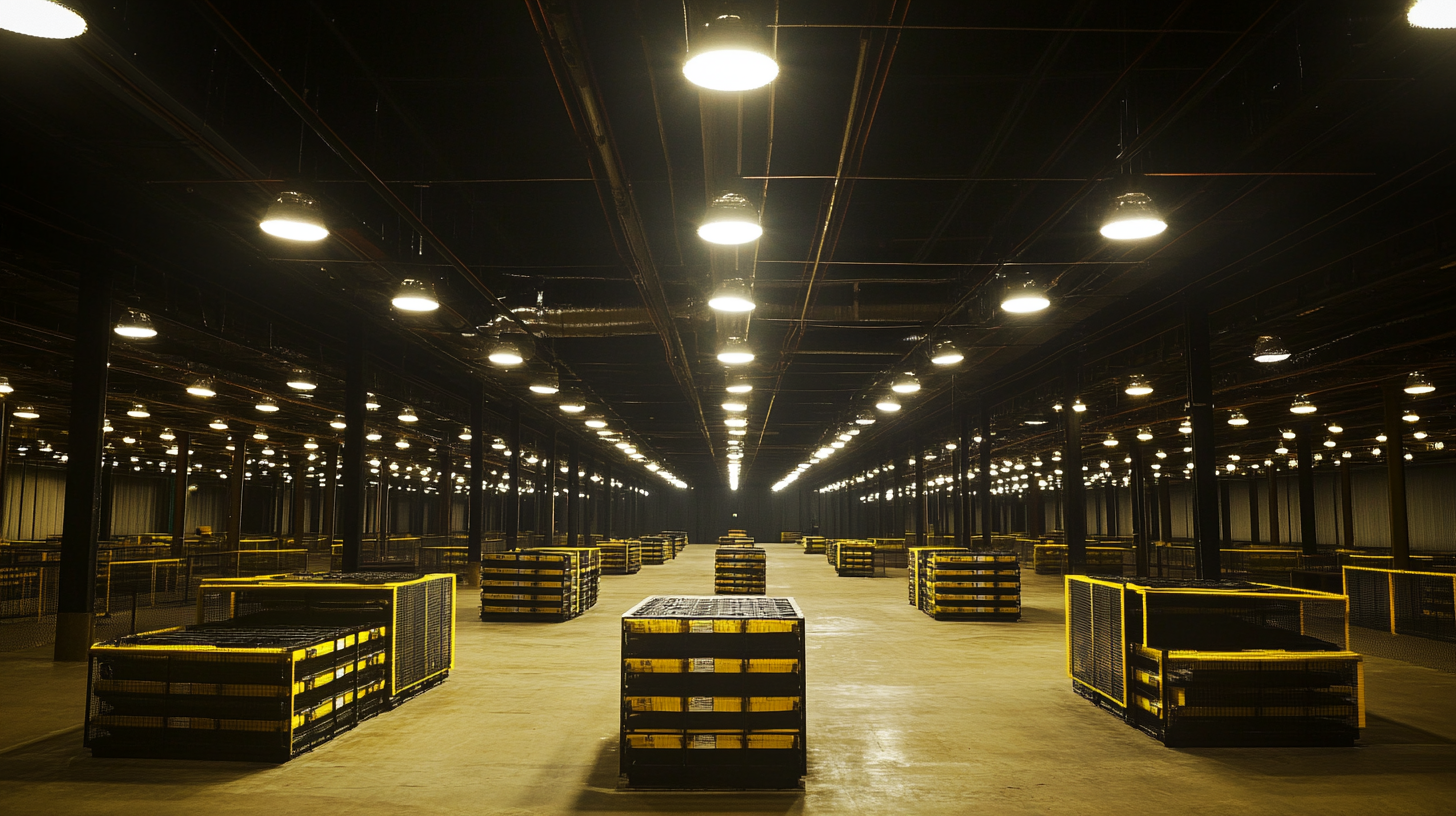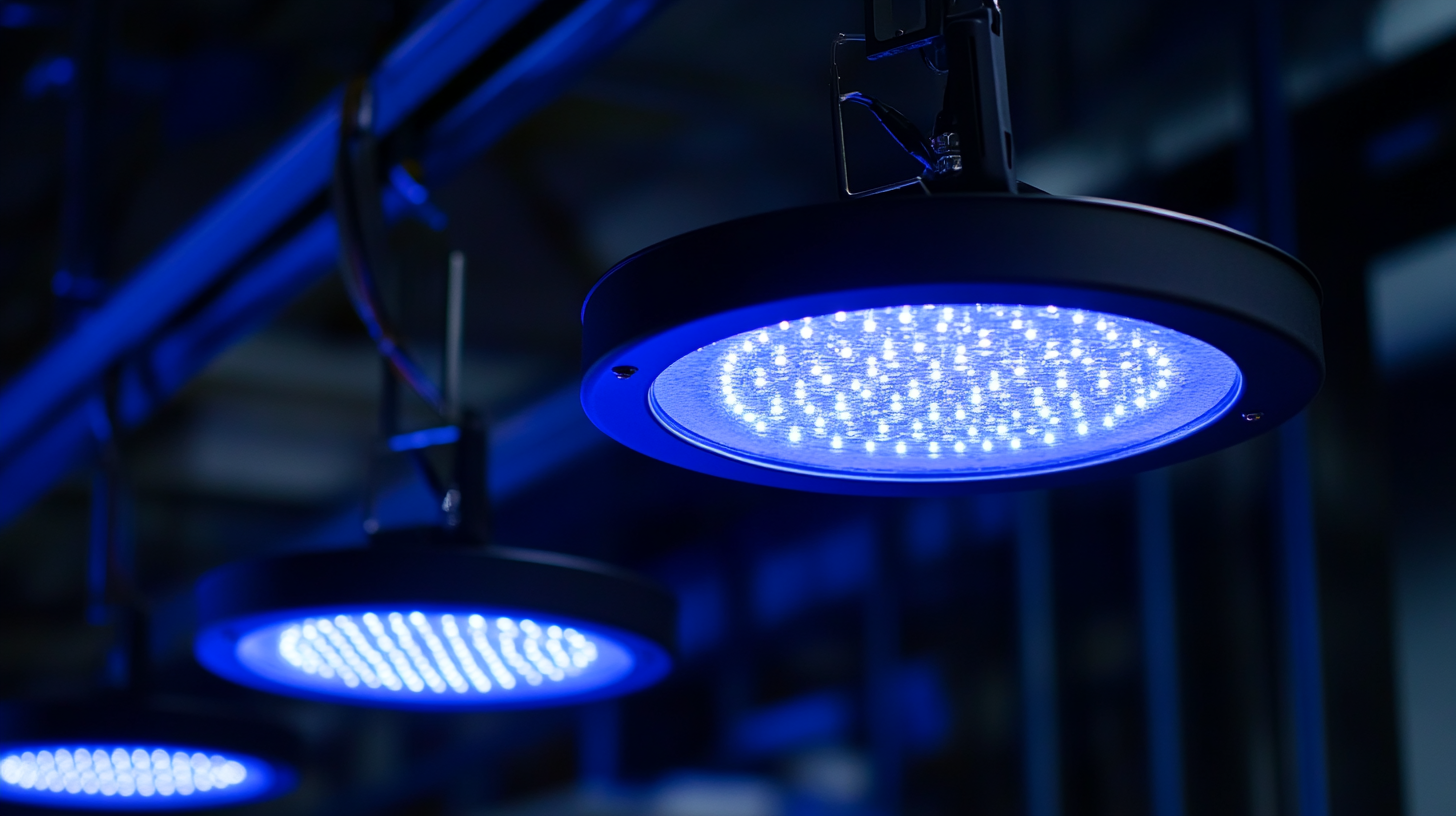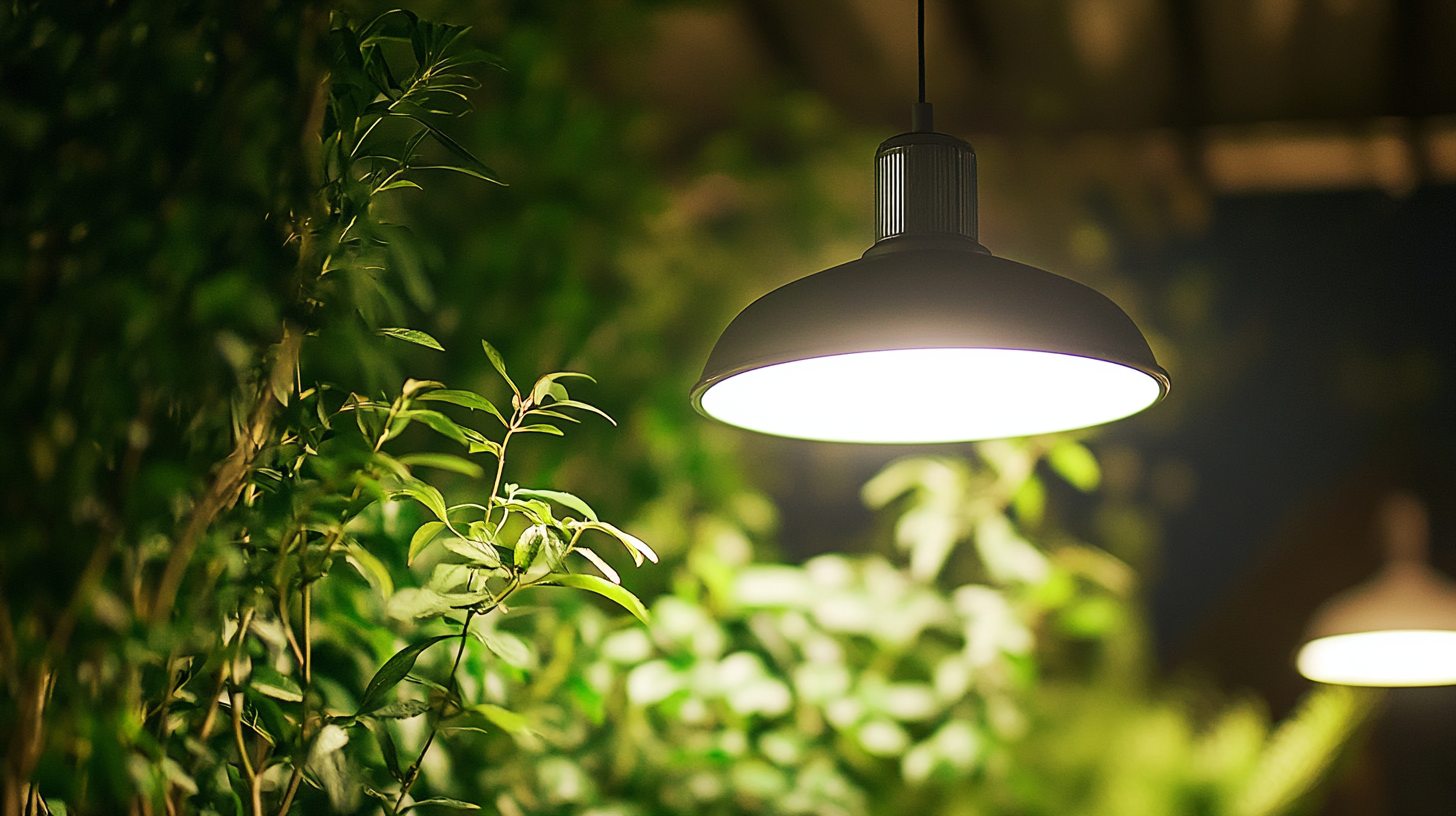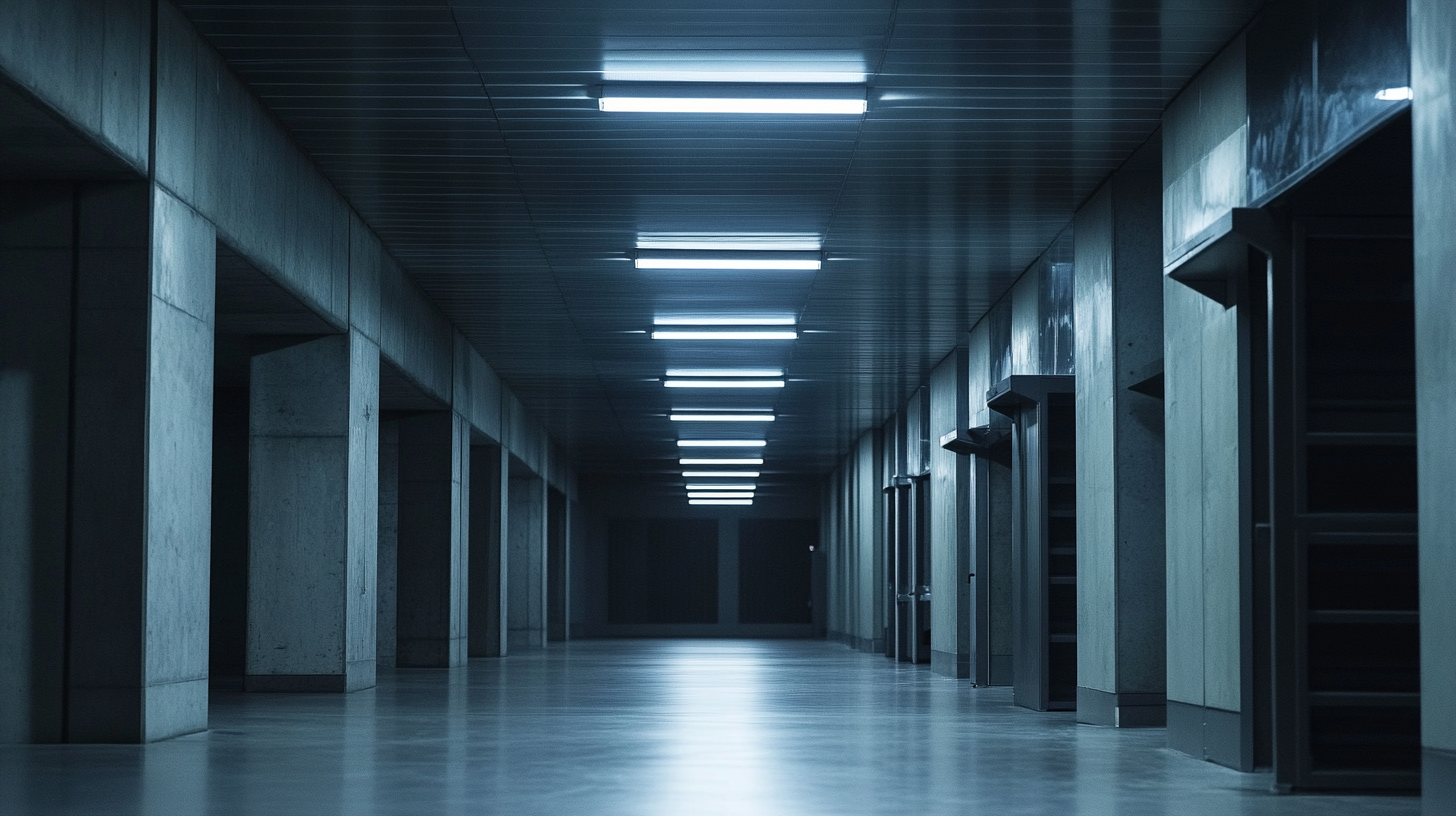9 Essential Features of High Bay LED Lighting You Should Know
In the world of commercial and industrial lighting, High Bay LED fixtures are rapidly becoming the standard for illuminating large spaces. Whether it's a warehouse, gymnasium, or manufacturing facility, the unique design and efficiency of these lights make them an excellent choice for enhancing visibility while reducing energy costs. As businesses continue to prioritize sustainability, understanding the essential features of High Bay LED lighting is vital for making informed decisions that align with modern lighting standards.
This blog will delve into the nine essential features of High Bay LED lighting that every facility manager and business owner should know. From their superior brightness and energy efficiency to their longevity and low maintenance requirements, each characteristic plays a crucial role in maximizing productivity and safety in vast work environments. By exploring these features, we aim to provide valuable insights that will help you choose the right High Bay LED solutions tailored to your specific lighting needs.

Key Energy Efficiency Metrics for High Bay LED Lighting Solutions
When it comes to high bay LED lighting, energy efficiency standout metrics play a pivotal role in determining the best lighting solutions for industrial and commercial spaces. One of the fundamental metrics is the luminous efficacy, which measures the amount of light produced per watt of power consumed. High bay LED fixtures typically offer a luminous efficacy of 100 lumens per watt or more, making them significantly more efficient than traditional lighting options. With the right selection, businesses can reduce their energy consumption and lower operational costs while maintaining optimal brightness for large areas. Another crucial metric to consider is the Color Rendering Index (CRI), which indicates how accurately a light source renders colors in comparison to natural light. High CRI ratings above 80 are typically best for warehouses and manufacturing facilities, as they enhance visibility and contribute to a safer working environment. Moreover, the longevity of LED high bay lights is a key factor in energy savings. Most LED fixtures have a lifespan of 50,000 hours or more, which means fewer replacements and reduced waste over time. Thus, investing in high-quality high bay LED lighting not only lowers energy consumption but also significantly minimizes maintenance costs. Lastly, understanding the correlated color temperature (CCT) is essential for selecting appropriate lighting for specific applications. High bay LED lights come in various CCT options, from warm white to daylight, enabling businesses to choose lighting that aligns with their operational needs and enhances productivity. An optimal lighting environment can improve employee morale and efficiency, underscoring the importance of selecting high bay LED lighting based on these key energy efficiency metrics.

Lumens Per Watt: Understanding Brightness Efficiency in High Bay Fixtures
When considering high bay LED lighting, understanding lumens per watt (LPW) is crucial for maximizing efficiency and brightness in any industrial or commercial setting. LPW refers to the amount of light output — measured in lumens — generated for each watt of electricity consumed. This metric is vital for facility managers and business owners looking to reduce energy costs while still ensuring adequate illumination.
Higher LPW values indicate more efficient lighting solutions. For instance, traditional high bay fixtures may produce around 80-100 lumens per watt, while modern LED options can yield 130-160 lumens per watt or more. This increase not only enhances visibility but also contributes to lower electricity bills, making LED high bays a smart investment over time. Moreover, the enhanced efficiency has positive implications for sustainability, as reduced energy consumption translates into a smaller carbon footprint.
When selecting high bay LED lights, it’s essential to consider the specific needs of your space, including the height of ceilings and the type of activities conducted. Properly calculating the number of fixtures needed based on LPW helps create a well-lit environment that meets safety standards and improves productivity. By focusing on lumens per watt, businesses can achieve a balance between brightness and energy savings, making high bay LED lighting an ideal choice for various applications.

Impact of Color Temperature on Workplace Productivity and Safety
Color temperature is a crucial factor in workplace lighting that can significantly influence both productivity and safety. High bay LED lights come in various color temperatures, typically ranging from warm white (3000K) to cool white (5000K) and beyond. The choice of color temperature impacts not only the ambiance of a space but also the mood and performance level of employees. Cooler color temperatures, such as those around 5000K, tend to create a bright and alert environment that enhances concentration and task performance, making them ideal for areas requiring high levels of attention and detail.
In contrast, warmer tones, like 3000K, can foster a more relaxed atmosphere, which might benefit creative workspaces or areas where comfort is prioritized. However, it’s essential to strike the right balance, as improper lighting can lead to eye strain, fatigue, and reduced safety awareness. For instance, insufficient light can increase the risk of accidents, particularly in industrial settings. Therefore, choosing the appropriate color temperature is vital not just for comfort and aesthetics, but also for maintaining a safe and productive work environment. Investing in high bay LED lighting with the right color temperature can ultimately enhance overall workplace efficiency and employee well-being.

The Role of Dimming Technology in Optimizing High Bay LED Lighting
Dimming technology plays a crucial role in optimizing high bay LED lighting, particularly in industrial and commercial settings where lighting needs can vary throughout the day. By incorporating dimmable drivers and controls, facility managers gain the ability to adjust light levels based on specific operational requirements, effectively enhancing energy efficiency while maintaining optimal visibility.
The importance of this technology cannot be overstated, as it enables businesses to align lighting output with actual usage patterns. For instance, during peak hours, full brightness might be necessary to ensure worker safety and productivity. Conversely, during off-peak times, reducing light levels can lead to significant energy savings. This adaptability not only lowers operational costs but also extends the lifespan of the LED fixtures, reducing maintenance and replacement expenses.
Additionally, the integration of smart control systems allows for advanced dimming options that can be programmed or adjusted remotely. This feature not only facilitates ease of use but also promotes a customizable lighting environment tailored to the specific needs of different spaces—whether it's a warehouse, factory floor, or retail area. In this way, dimming technology not only contributes to energy savings but also enhances the overall functionality and comfort of the lighting system, making it an essential component of modern high bay LED lighting solutions.
Durability and Lifespan: Cost-Effectiveness in Industrial Lighting Applications
When considering high bay LED lighting for industrial applications, durability and lifespan are paramount factors that directly influence cost-effectiveness. According to a report by the Department of Energy, LED lights can last up to 50,000 hours or more, compared to traditional lighting fixtures, which may only last around 10,000 hours. This significant difference in lifespan means that while the initial investment in LED technology might be higher, the long-term savings in maintenance and replacement costs prioritize LEDs as the more economical choice over time.
Furthermore, the durability of high bay LED fixtures is critical in industrial environments where harsh conditions prevail. An analysis by the Lighting Research Center illustrates that high-quality LED lights are often constructed with rugged materials and resist impacts, moisture, and temperature fluctuations much better than conventional bulbs. This resilience not only reduces the frequency of replacements but also minimizes operational downtime, reinforcing their cost-effectiveness within industries that prioritize efficiency and safety.
In addition, energy efficiency plays a pivotal role in ensuring economic viability. The conversion rate of energy to light in LEDs can reach up to 90%, significantly reducing power consumption. A study from the International Energy Agency confirms that switching to LED lighting can decrease energy use by 50% to 70% compared to traditional lighting systems. This reduction not only translates to lower utility bills but also promotes sustainability, making high bay LED lighting a strategic investment for future-ready industrial operations.
